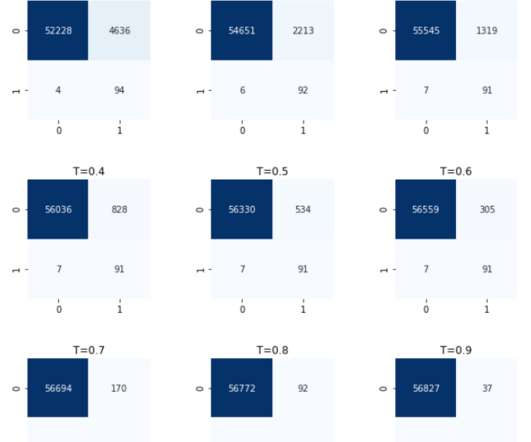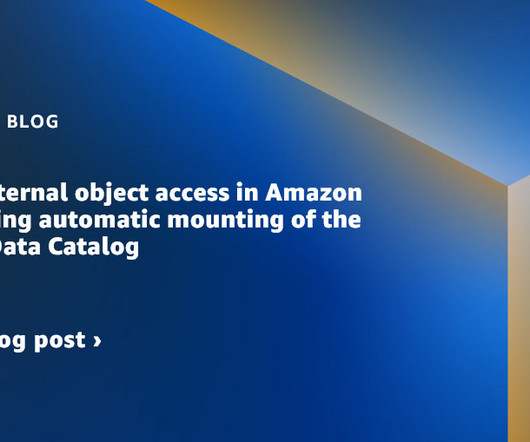The curse of Dimensionality
Domino Data Lab
OCTOBER 7, 2020
Statistics developed in the last century are based on probability models (distributions). This model for data analytics has proven highly successful in basic biomedical research and clinical trials. The accuracy of any predictive model approaches 100%. Property 4: The accuracy of any predictive model approaches 100%.















Let's personalize your content